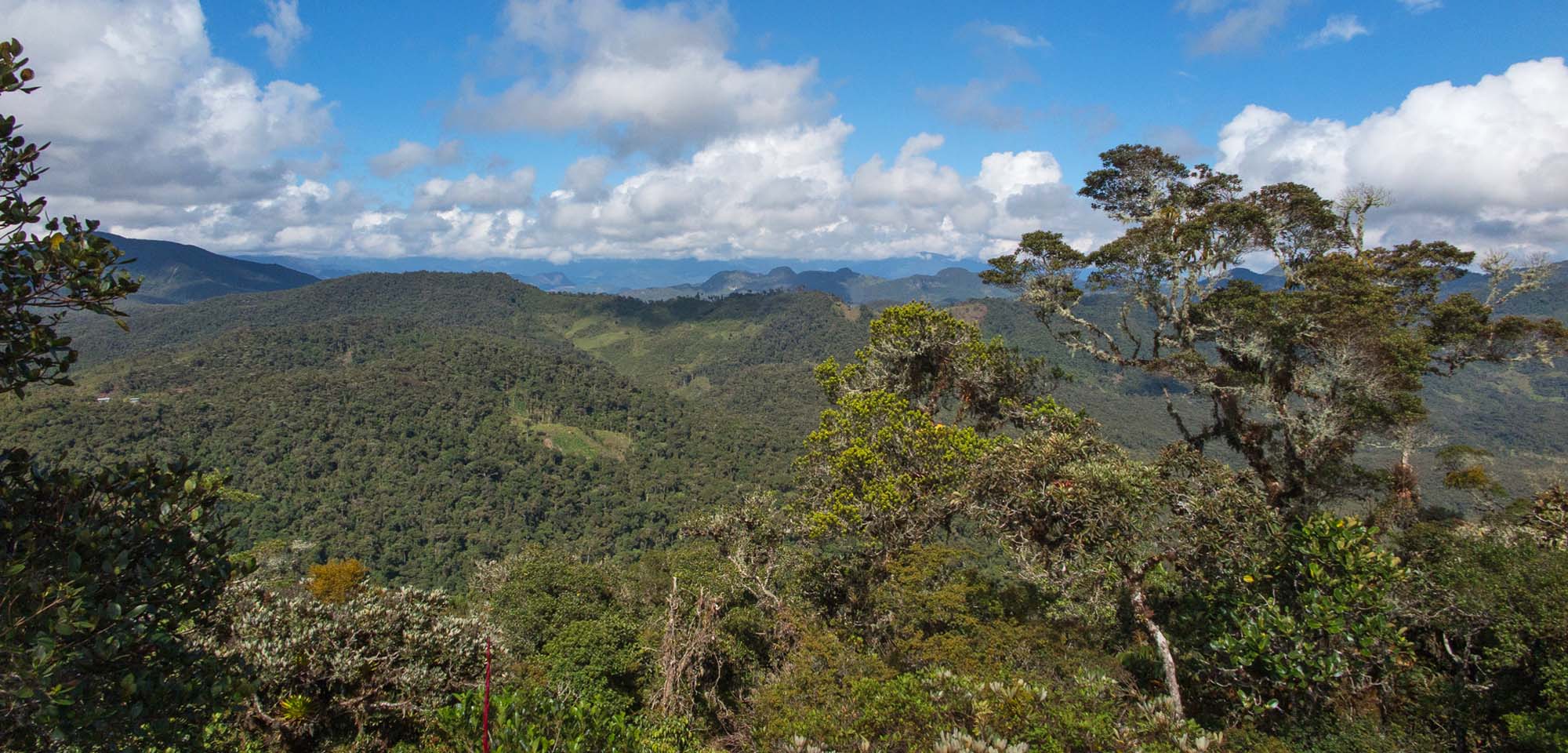Not sure which Peru tour to choose? Click to see a complete listing and comparison of all our Peru trips.
This tour, which has been running in some form or another for several decades, has experienced an overhaul to limit overlap with our Peru's Magnetic North tour. We now concentrate on the complex, varied, and wonderful landscapes of the northwestern part of the country, focusing on comparing avifaunas across several important biogeographic barriers such as the North Peruvian Low and the Continental Divide. The geography of the region is complex and fascinating, and the scenery can cause your brain to reset, be it the sheer descent from Abra Cruz Blanca to the Pacific or the canyons of the Utcubamba or Marañon rivers. The region has important cultural significance including the Baños del Inca, where the conquistadors first encountered Atahualpa, the Inca, where we'll stay for two nights. This birding tour will also provide some culinary interest, from the north coastal variety of ceviche to opportunities to try other classic Peruvian dishes such as lomo saltado or seco de cordero.
The North Peruvian Low is the lowest point in the Andes mountain range between Venezuela and Patagonia, and as such forms the limit in distribution of many montane bird species that are found from here north into Ecuador and Colombia or from here south into central Peru or Bolivia -- but across the Low, these forms replace one another. We will pay close attention to these "sister taxa" such as antpittas, metaltail hummingbirds, mountain-tanagers, redstarts, wrens, pygmy-owls, and others. The Low falls along the drainage of a series of rivers that flow eastward into the Marañon, the westernmost of the Amazonian tributaries. The Marañon itself starts south of our area of interest and creates a long canyon that separates the western and eastern cordilleras and thus another barrier to taxa crossing it, while at the same time providing an area of endemism for lower-elevation denizens of arid intermontane woodlands in the floor and walls of its valley, such as Yellow-faced Parrotlet, Great Spinetail, Chestnut-backed Thornbird, and Gray-winged and Buff-bridled inca-finches. Once the Marañon cuts a strong turn to the east and meets the Chamaya River (which is part of the Low), the canyon opens and turns into a broad arid plain with several other endemics such as Little Inca-Finch and Marañon Crescentchest. These arid habitats are, in turn, separated from the Pacific slope arid forests that have another suite of endemics, often referred to as "Tumbesian endemics," including White-winged Guan, Peruvian Plantcutter, Tumbes (Chat-)Tyrant, Rufous Flycatcher, Cinereous Finch, Tumbes Sparrow, and Sulphur-throated Finch, among others. The last avifauna has some overlap with our Southwestern Ecuador tour, but you'll find these are rather limited, and many of these Tumbes endemics are also mostly or entirely restricted to Peru!
After crossing the North Peruvian Low, we will be in the Utcubamba drainage, which is the core of the range of one of the world's most amazing hummingbirds, the Marvelous Spatuletail! Here too is a chance to see the very local Peruvian endemic Pale-billed Antpitta (this requires a strenuous hike up a ridge!), Russet-mantled Softtail, Coppery Metaltail, and a variety of tanagers, tyrant flycatchers, and other specialites of the high cloud forests of this region. Upon returning west across the Marañon canyon, we will have the chance to see some local specialties such as Gray-bellied Comet, Black Metaltail, and the recently split Cajamarca Antpitta.
The focus is on endemics and regional specialties, but they end up being only a tiny percentage of a lengthy triplist, so rich and varied is the route. This is our most complete coverage of northern Peru and, as a result, involves several basic hotels but no camping. If you want to see a corner of Peru that is off the general tourist trail, includes some incredible scenery, good food, and spectacular birding, you may want to consider this tour! We'll save you a space!
Select the KEY INFO tab or click here for our itinerary plus space requests, status, fees, limits, and guides for any departure.


